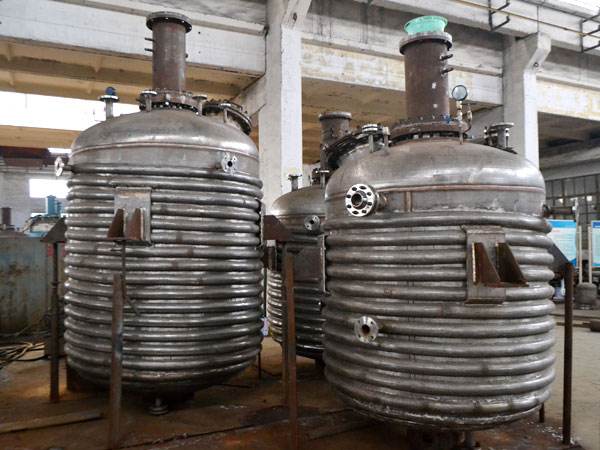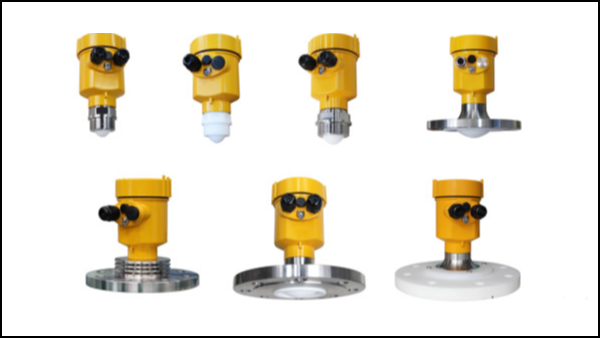As a kind of non-contact measuring instrument, a radar level meter has been widely used in the level measurement of paint batching tanks. However, in the actual application process, due to the characteristics of the paint and the complex environment of the dosing tank, the measurement of radar level meter faces many difficulties. In this paper, we will analyze these difficulties and discuss the application of radar level meters in the measurement of paint batching tanks by combining them with an actual measurement case.

Fluctuations in the dielectric constant of coatings: Different formulations of coatings have different dielectric constants, which directly affect the propagation and reflection of radar waves. Fluctuations in dielectric constant may lead to measurement errors and affect dosing accuracy. Viscosity and fluidity of coatings: Coatings with higher viscosity are less likely to form a stable liquid surface, and the reflection and propagation of radar waves will be affected. At the same time, the fluidity of the paint may also lead to measurement errors. Temperature and pressure changes inside the tank: Temperature and pressure fluctuations inside the paint dosing tank may affect the propagation speed of the radar wave, which in turn may affect the accuracy of the level measurement. Interference in the measurement environment: equipment such as agitators, thermometers, pipelines, etc. may interfere with the radar waves, affecting the accuracy of level measurement.

To solve the above difficulties, a company adopts a high-performance radar level meter to measure the level of a dosage tank in a paint production line. The dosage tank is mainly used for mixing emulsion paint, which has a high viscosity and temperature variation range. Equipment selection: The radar level meter with high precision, corrosion resistance, and strong anti-interference ability is selected.
The device adopts a 26GHz transmitting frequency with a short wavelength, which can reduce the influence of fluctuation of the dielectric constant of paint, viscosity, and fluidity on the measuring accuracy. Installation location: To reduce interference from agitators, thermometers, and other equipment, the radar level meter is installed at a location more than 1.5 meters from the tank wall, and the radar wave emission angle is adjusted to avoid sources of interference.
Temperature and pressure compensation: For the influence of temperature and pressure changes on the measurement accuracy, temperature, and pressure sensors are used to monitor the environmental parameters in the tank in real-time, and the propagation speed of the radar wave is compensated through software algorithms.
Data processing and calibration: To ensure the accuracy of measurement data, digital signal processing technology is adopted to filter and denoise the received echo signal. Meanwhile, physical calibration is carried out regularly to ensure the reliability of the measurement results.

Through the implementation of the above measures, we have successfully solved the difficulties in the measurement of the radar level meter in the coating dosage tank, and realized the high-precision level measurement. This provides strong support for the accurate dosing of paints and improves the production efficiency and product quality.
